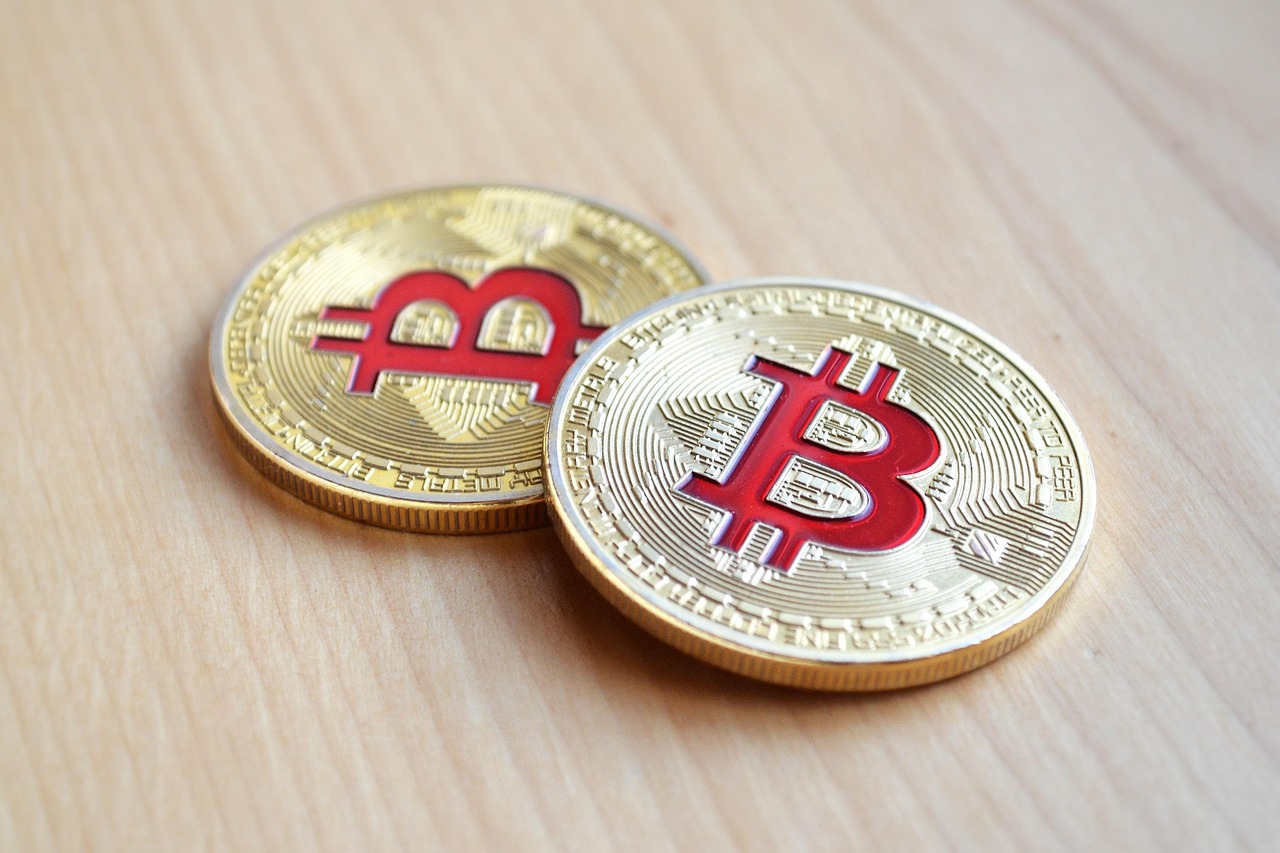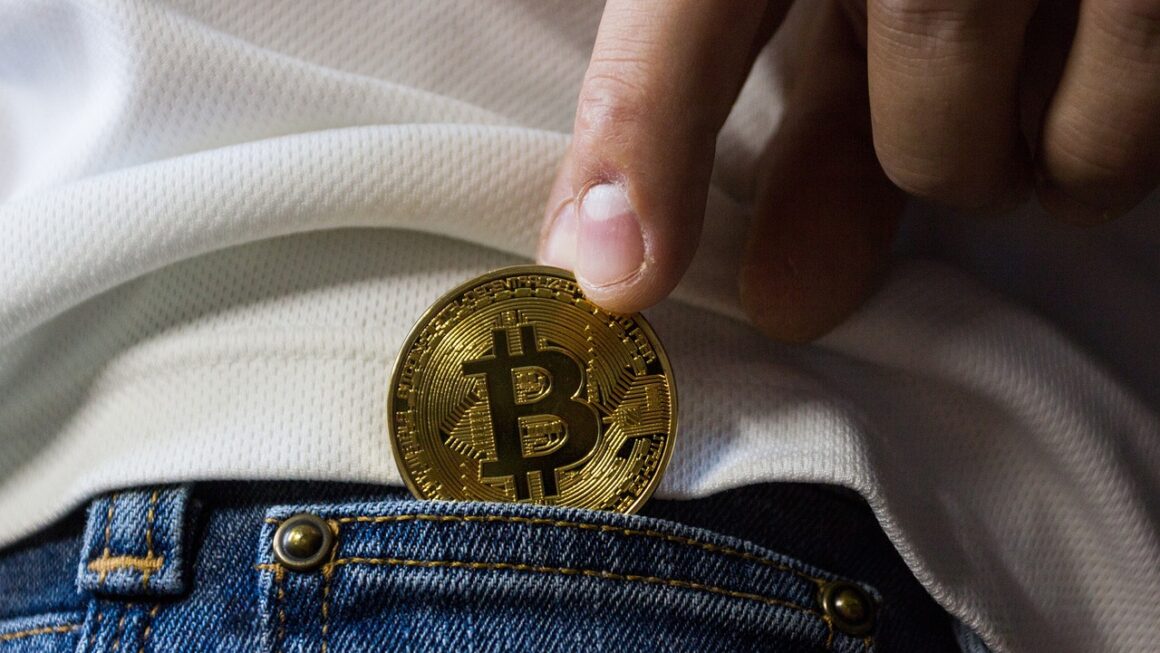The cryptocurrency market, once a niche corner of the financial world, is now a mainstream topic of conversation. From Bitcoin’s volatility to the emergence of NFTs and the promise of decentralized finance (DeFi), the landscape is constantly evolving. Staying ahead of the curve requires understanding the latest trends shaping the future of crypto. This article will delve into some of the most significant crypto trends impacting investors, developers, and the broader economy.
Institutional Adoption and Regulatory Clarity
Increased Institutional Investment
Crypto’s appeal to institutional investors is no longer a future prediction; it’s a present reality. Companies like MicroStrategy and Tesla have invested significant portions of their balance sheets in Bitcoin, signaling a growing acceptance and belief in the long-term value of digital assets.
- Example: Pension funds and endowments are increasingly exploring crypto investments to diversify their portfolios and seek higher returns.
- Data Point: According to a Fidelity Digital Assets survey, 70% of institutional investors expect to invest in digital assets in the future.
- Actionable Takeaway: Monitor institutional holdings and announcements regarding crypto investments to gauge market sentiment and potential price movements.
The Drive for Regulatory Clarity
A major hurdle for wider crypto adoption has been the lack of clear regulatory frameworks. However, governments worldwide are now actively working on establishing rules and guidelines for the crypto industry. This regulatory clarity is crucial for fostering trust and attracting more mainstream participation.
- Examples:
The European Union’s MiCA (Markets in Crypto-Assets) regulation aims to create a harmonized regulatory framework for crypto assets across the EU.
The US Securities and Exchange Commission (SEC) is actively investigating and prosecuting crypto-related fraud and unregistered securities offerings.
- Impact: Clear regulations can provide legitimacy, reduce risk, and attract institutional investors hesitant to enter an unregulated market.
- Actionable Takeaway: Stay informed about regulatory developments in your region and globally. This knowledge can help you make informed investment decisions and navigate the evolving legal landscape.
Decentralized Finance (DeFi) Innovation
The Continued Growth of DeFi Protocols
Decentralized Finance (DeFi) aims to recreate traditional financial services like lending, borrowing, and trading on blockchain networks. DeFi continues to experience rapid innovation and growth, attracting users seeking greater control and transparency over their finances.
- Key Features:
Smart Contracts: Automate and execute financial agreements without intermediaries.
Yield Farming: Earning rewards by providing liquidity to DeFi protocols.
Decentralized Exchanges (DEXs): Trading crypto assets directly from your wallet.
- Example: Platforms like Aave and Compound enable users to lend and borrow crypto assets, earning interest in the process.
- Actionable Takeaway: Research and understand different DeFi protocols before participating. Be aware of the risks associated with smart contract vulnerabilities and impermanent loss.
Bridging DeFi with Real-World Assets (RWAs)
One emerging trend is the tokenization of real-world assets (RWAs) and their integration into DeFi. This involves creating digital representations of assets like real estate, commodities, and debt instruments on blockchain networks.
- Benefits:
Increased liquidity and accessibility for traditionally illiquid assets.
Opportunities for fractional ownership and investment.
Enhanced transparency and efficiency in asset management.
- Example: RealT tokenizes real estate properties, allowing investors to purchase fractional ownership shares in US rental properties using cryptocurrency.
- Actionable Takeaway: Explore DeFi platforms that offer exposure to tokenized RWAs. Carefully evaluate the underlying assets and the risks associated with these investments.
The Evolution of NFTs and the Metaverse
Beyond Digital Art: NFT Utility
Non-fungible tokens (NFTs) have moved beyond digital art and collectibles. Their potential to represent ownership of various assets, including digital identities, in-game items, and even real-world property, is being explored.
- Examples of NFT Utility:
Gaming: NFTs represent unique in-game items that players can own and trade.
Ticketing: NFTs used as secure and verifiable event tickets.
Digital Identity: NFTs representing verifiable digital identities and credentials.
- Actionable Takeaway: Consider the long-term utility and value proposition of NFTs before investing. Look for projects with strong communities, clear use cases, and sustainable economic models.
Metaverse Interoperability
The metaverse, a persistent and immersive virtual world, is gaining traction. A key challenge is achieving interoperability between different metaverse platforms, allowing users to seamlessly move their avatars, assets, and identities between virtual worlds.
- Examples:
Projects developing standards for avatar and asset interoperability.
Efforts to integrate different metaverse platforms through APIs and shared protocols.
- Impact: Interoperability enhances the user experience and fosters a more connected and open metaverse ecosystem.
- Actionable Takeaway: Follow developments in metaverse interoperability initiatives. Invest in platforms and projects that prioritize open standards and cross-platform compatibility.
Layer-2 Scaling Solutions
Addressing Blockchain Scalability
Blockchain networks like Ethereum face scalability challenges, leading to high transaction fees and slow processing times. Layer-2 scaling solutions aim to address these issues by processing transactions off-chain and then settling them on the main blockchain.
- Types of Layer-2 Solutions:
Rollups: Batch multiple transactions into a single transaction on the main chain.
Sidechains: Independent blockchains connected to the main chain.
State Channels: Allow users to transact directly with each other off-chain.
- Benefits:
Increased transaction throughput and reduced fees.
Improved user experience for decentralized applications (dApps).
- Example: Polygon is a popular Layer-2 scaling solution for Ethereum, offering faster and cheaper transactions.
- Actionable Takeaway: Explore and utilize Layer-2 scaling solutions to reduce transaction costs and improve the performance of dApps you use.
Cross-Chain Interoperability
Alongside Layer-2 scaling, cross-chain interoperability is gaining importance. This allows different blockchain networks to communicate and interact with each other, enabling the transfer of assets and data between chains.
- Examples:
Bridges that facilitate the transfer of tokens between different blockchains.
Protocols that enable decentralized applications to access data from multiple chains.
- Benefits:
Increased liquidity and efficiency across the entire crypto ecosystem.
Opportunities for new and innovative DeFi applications.
- Actionable Takeaway: Follow the development of cross-chain interoperability protocols and bridges. Understand the security risks associated with these technologies before using them to transfer assets between chains.
Conclusion
The crypto market is a dynamic and ever-changing landscape. By understanding the key trends discussed in this article – institutional adoption, regulatory clarity, DeFi innovation, NFT evolution, metaverse development, and Layer-2 scaling solutions – investors and enthusiasts alike can navigate the opportunities and challenges that lie ahead. Staying informed and adaptable is crucial for success in this exciting and rapidly evolving space. Continual research and a cautious approach to new technologies are always recommended.




